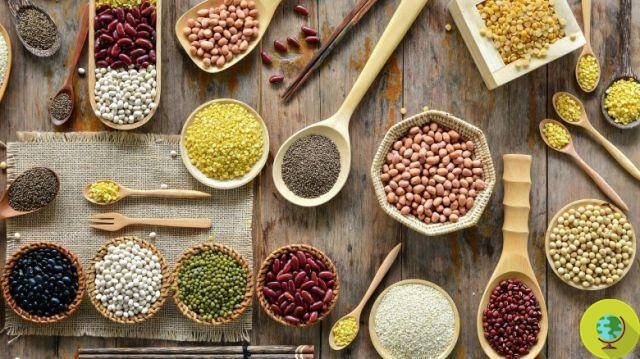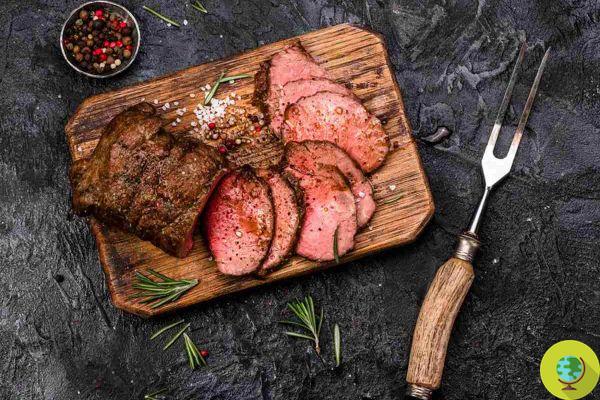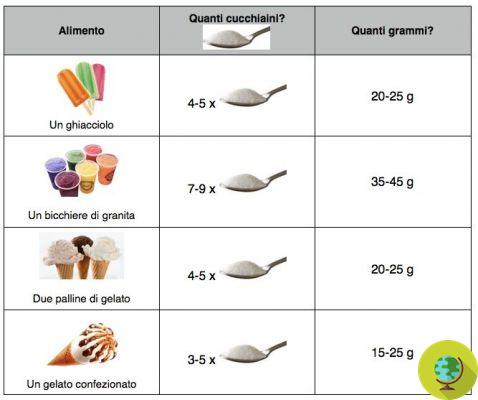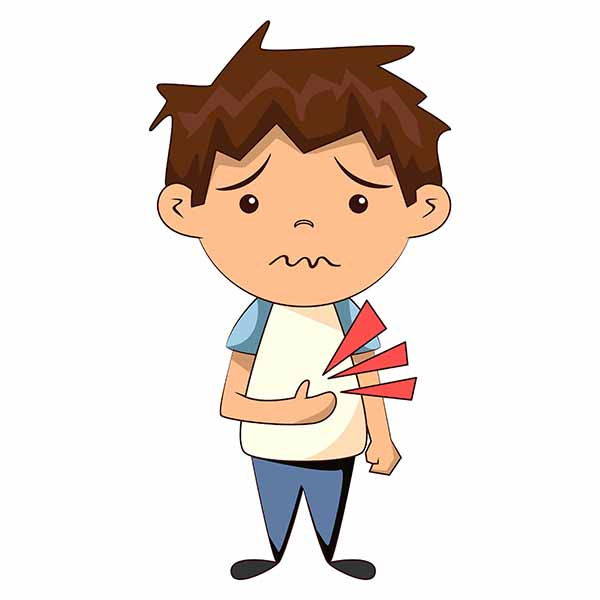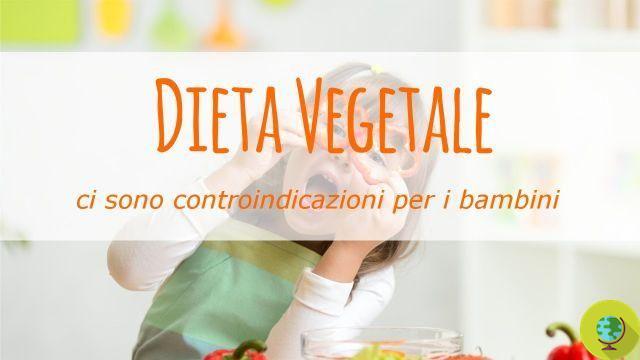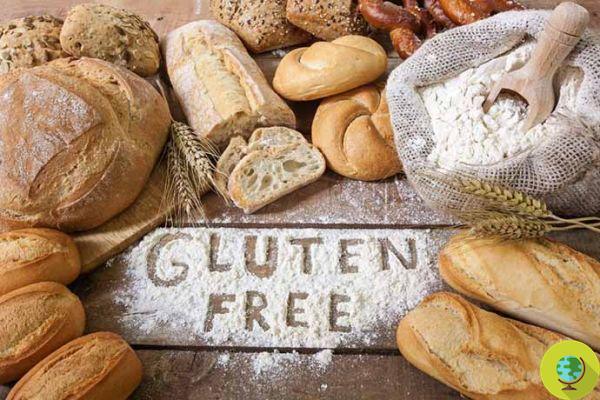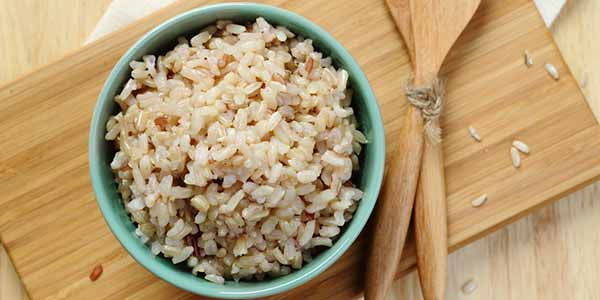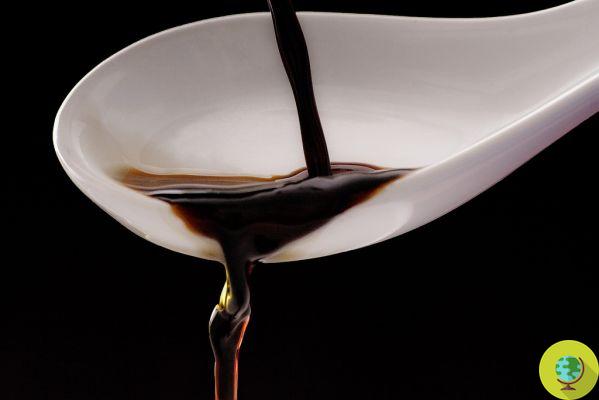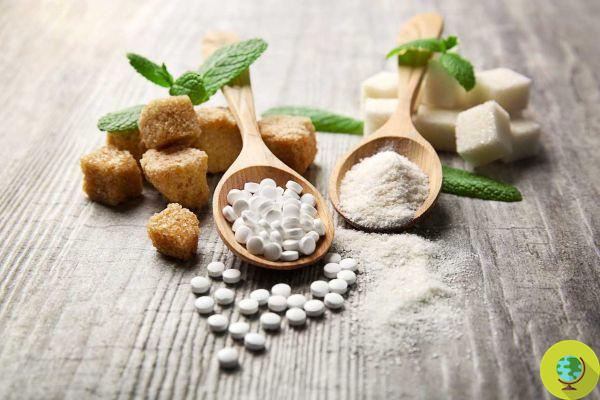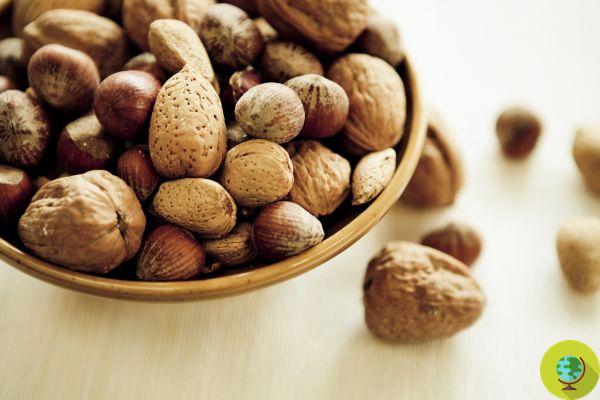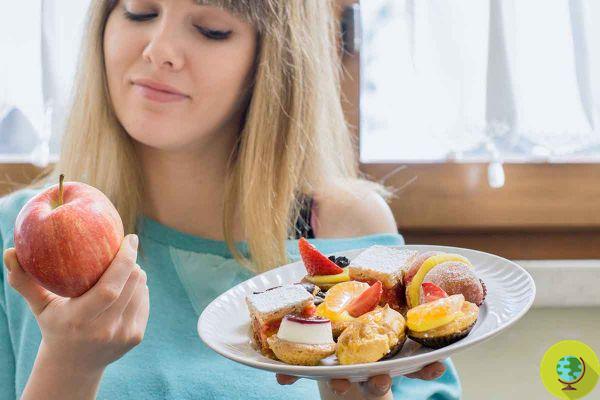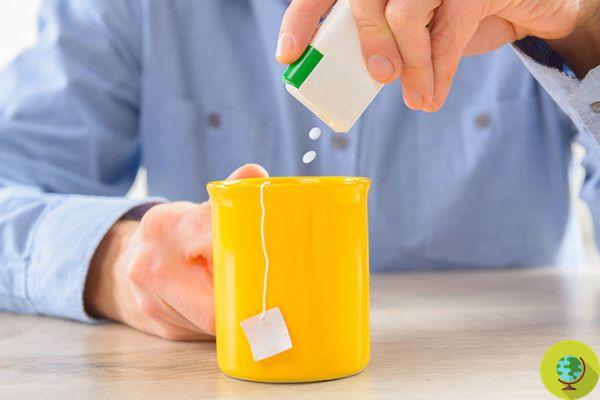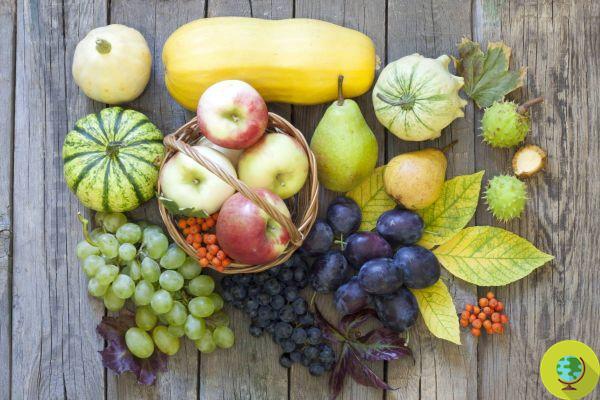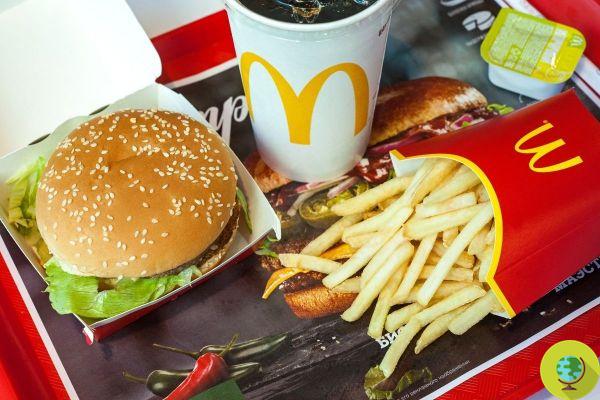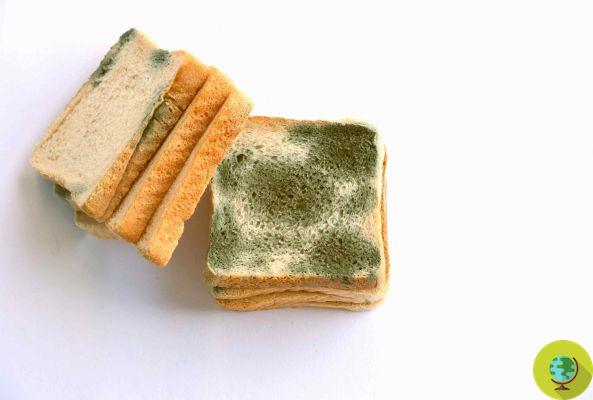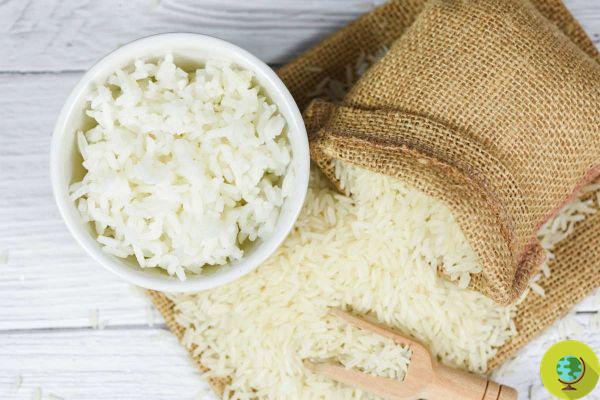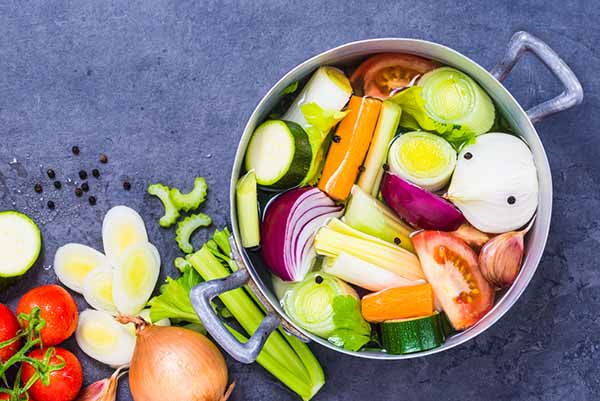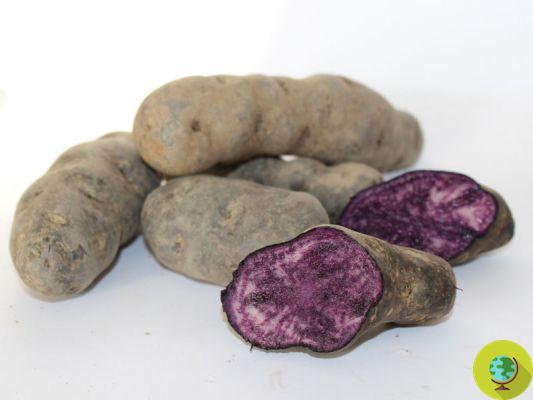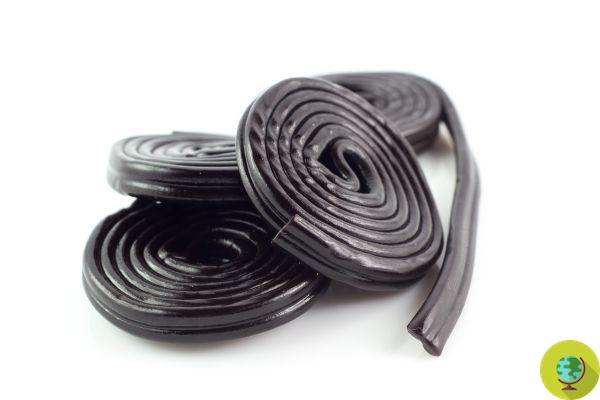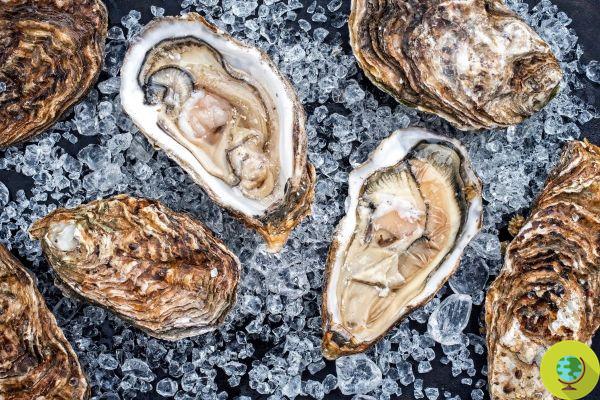
The amount of plastic accumulated in the food we eat - according to experts - could be underestimated
A recent study conducted by the University of Portsmouth raises the alarm: the amount of plastic accumulated in the food we eat could be underestimated. Furthermore, microplastics in food could also carry harmful bacteria into the food chain.
The researchers ofUniversity of Portsmouth they conducted some experiments observing the feeding of oysters. It was found that microplastics covered by a layer of bacteria (a so-called biofilm) are more 'appetizing' for shellfish than cleaner ones. (Read also: Mussel reefs increase risk of exposure and consumption of microplastics. The study)
We know that microplastics can be the vehicle by which bacteria concentrate in coastal waters and this experiment shows that these are more easily absorbed by molluscs, ending up in the feeding of other marine animals and, ultimately, of man - he explains. Jo Preston, among the authors of the study.
Until now, studies conducted to test the impact of microplastics on marine life have used 'virgin', uncontaminated microplastics. These conditions, however, are not the real conditions in which microplastics are found in ocean waters: microbes and bacteria, in fact, 'colonize' the surface of microplastics as soon as they enter the ocean. (Read also: Fish have been ingesting microplastics for over 70 years, new shocking study)
The Portsmouth study, on the other hand, compared the impact of 'clean' microplastics with that of microplastics covered with a biofilm containing the E. coli bacterium. The results were worrying: oysters ingested ten times more microplastics if they were contaminated by bacteria - evidently the microplastics covered by the biofilm are more similar to food in the perception of shellfish, who prefer them to non-contaminated ones. The consequences for the environment and for food (ours too) are worrying: microplastics, in fact, are not digested by molluscs and remain in their bodies until they are eaten by some other animal.
We can define microplastics as a 'Trojan Horse' of the marine world: if they have a low impact on the respiration and feeding of oysters when not contaminated, their devastating effect increases considerably when they are 'hidden' by the biofilm - he explains again. Preston. - The damage caused by what we have discovered is still unclear, but this study opens the door for further research on the topic and the long-term impacts of biofilm-contaminated plastics not only on mollusks, but on all marine inhabitants.
Follow us on Telegram | Instagram | Facebook | TikTok | Youtube
Fonti: Science of the Total Enviroment / University of Portsmouth
We also recommend:
- Mussels, that's why it would be better not to eat them
- Microplastics: Long-term ingestion damages the growth and reproduction of fish
- What you can do right away to reduce the microplastics in the laundry discharged from the washing machine




